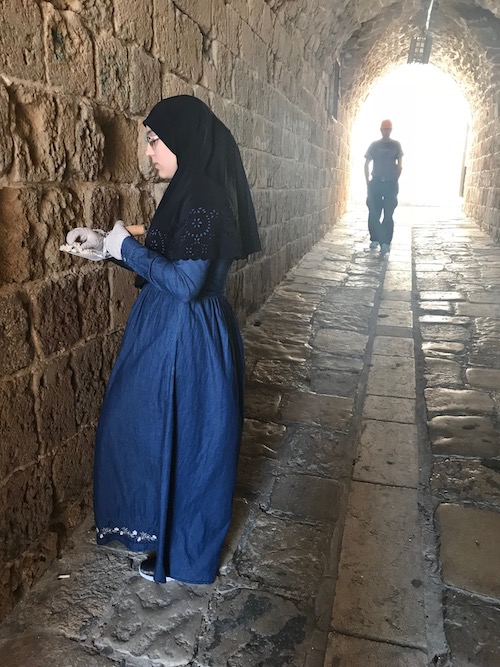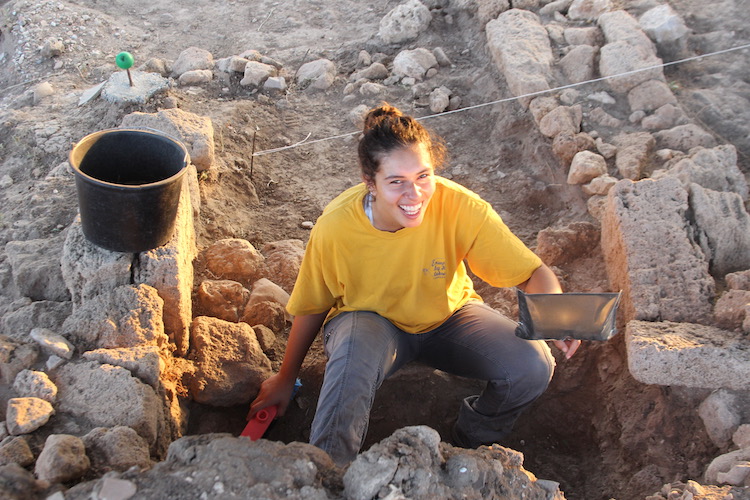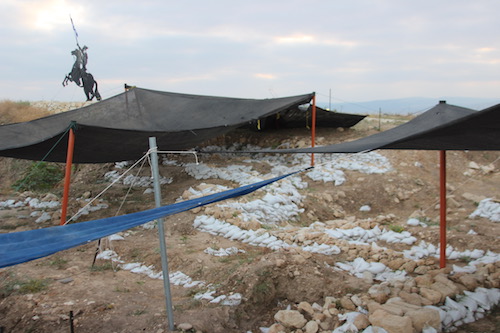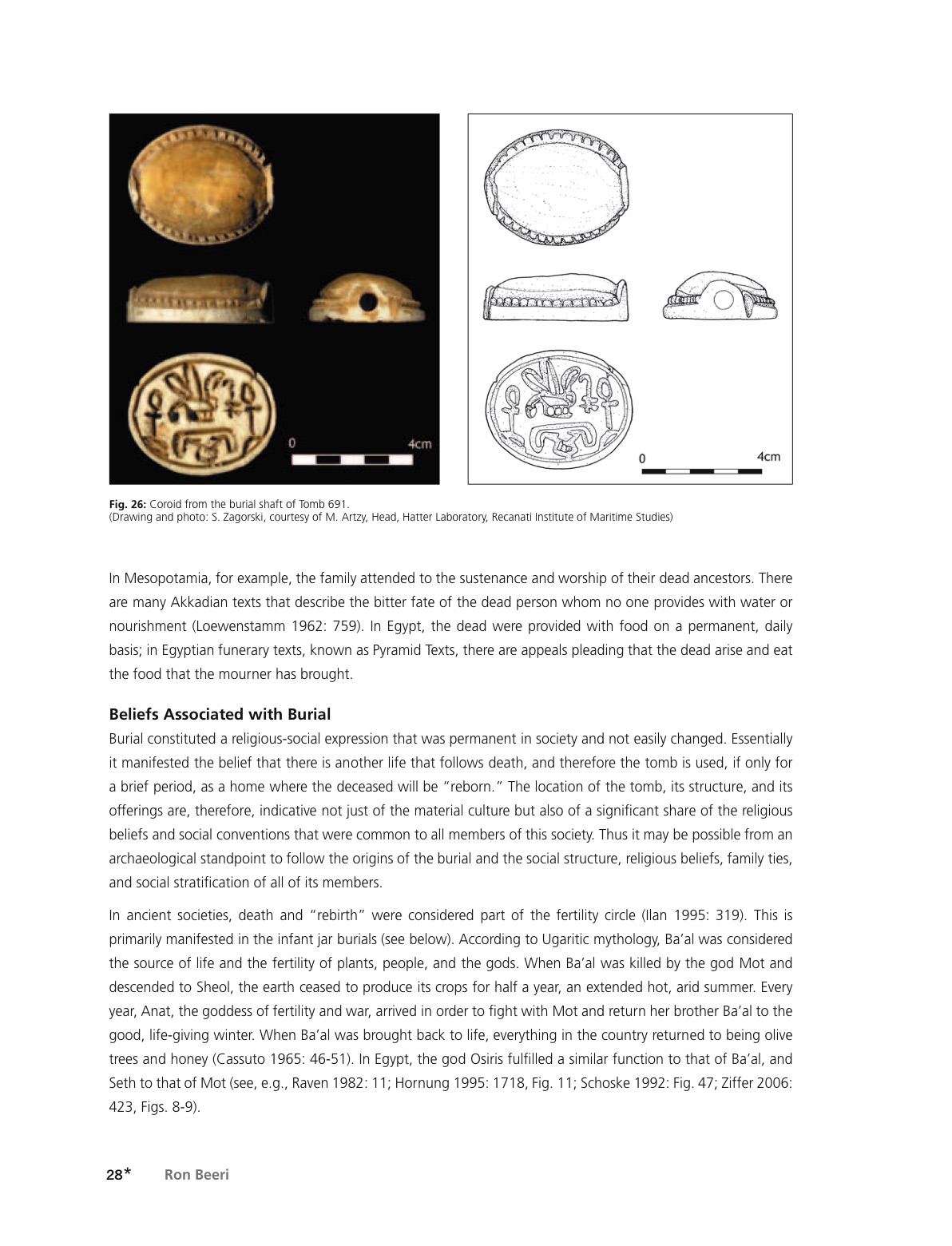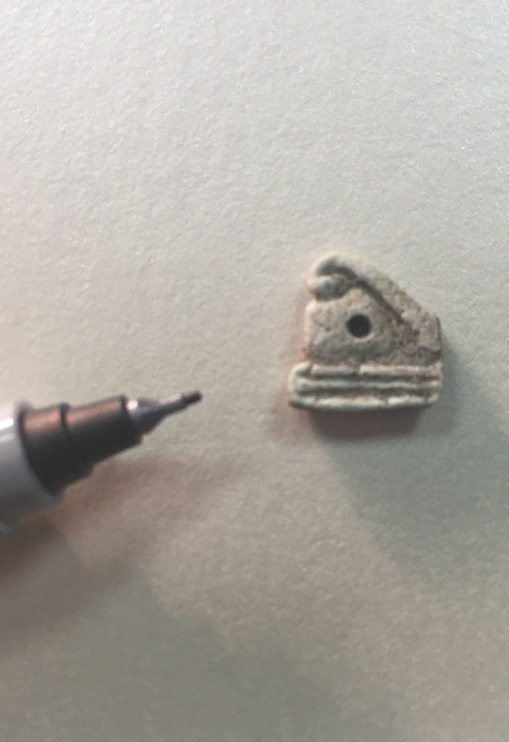7 Things About Tel Akko That Will Shock You!
No, this is not Buzzfeed. Clickbait title aside, in this blog I’m going to delve into some of the things about the field school at Tel Akko that I wasn’t expecting.
1.Dirt. Is. EVERYWHERE.
Yes, I’m quite aware that being an archaeologist means getting down and dirty, but when you close your mouth and hear a certain nauseating crunch you know there’s no escape. Hauling 10 buckets of dirt away to be screened can be fun if there are some interesting finds waiting for you, but occasionally it’ll seem never-ending, sweeping dirt off of dirt to make the dirty dirt less dirty. The dirt will mix with your sunscreen, get in your hair, and you won’t know where the dirt stops and your newly tanned skin begins. But once you get off the tel and get showered you’ll surely feel refreshed and proud of all of the hard work you put in that morning.
- Bees?
It’s not just a Cards Against Humanity card, y’all. In my square RR4, there are dozens of bees waiting for us every morning. It’s unbeelievable. Luckily enough these guys don’t have stingers and it can be easy to ignore them, but every once in a while I will hear a buzz in my ear or find a bee hole (they burrow?) when I’m screening and get reminded that they are very much present at this dig. They’re actually kinda cute, truth be told. Not only are the modern bees present in RR4, we actually discovered an entire ancient in situ bee-keeping vessel!
- Pottery out the wazoo
How does one square produce 25 buckets of pottery in a single morning? Because they’re digging at Tel Akko. Tel Akko at one point was known in Arabic as Tel el-Fukhar, or “mound of the potsherds”. In RR4 we call our square “pottery central”, because not only are we digging up a ton of pottery, but it’s also diagnostic and downright beautiful as well. For instance, one day I found a lovely ceramic ear!
- Walls will fall
“Mr. Gorbachev, tear down this wall!” Those are the words I heard in my head today when my square supervisor June asked me to take down a Persian period wall (after having been very well documented of course). Archaeologists know that our profession is inherently destructive, and we do the best to record what we can so that we can continue and move past things like these in our excavations. It takes a lot of patience, but I promise you almost nothing is more satisfying than spending the day working on a wall. At least, in my two-week experience thus far.
- Trimming balks is harder than it looks
Yeah, this is pretty self-explanatory. No one wants a crappy balk to work with, and knowing that future archaeologists will be inheriting our squares it’s best to work hard to maintain our balks, but one thing they don’t teach you in an archaeology class is how hard this can be. If you’re unfamiliar with the term, a balk is essentially the wall of your square, and trimming is making it even all across so that nothing sticks out. With rocks, pottery, and the occasional critter in our balks this can be difficult, but thanks to my supervisor I feel pretty confident in my balking ability.
- Pick your poison
Even after two weeks at Akko, the tools are starting to look worse for wear. They have to withstand lots of abuse, especially the pickaxes both big and small, buckets, and hoes (here called terreas). It’s not uncommon to pick up a bucket to realize that it has no handle, and it’s not unheard of to go try and excavate or make sandbags and having the head of your tool fall off. It’s pretty unavoidable, and so the best solution I can offer is to just laugh it off and go ask to borrow another or see if Tammy has extras. It’s no big deal after all.
- Find of the day
At the end of each weekday morning we do a thing called the find of the day, in which we vote on who found the most amazing or interesting artifact that day. It’s typically luck of the draw, and the more interesting your square, the more interesting stuff you’ll find. But nonetheless, it’s so cool to see the kinds of things that come from our dig at the tel. For instance, this season we found a blue Egyptian figurine with hieroglyphics on the back, possibly used as a figurine, we’ve found pottery with stamps in Greek, we’ve found a marble slab with latin writing on it, and much much more. There truly never is a dull day of digging here at Akko.
Salem Marie Arvin

